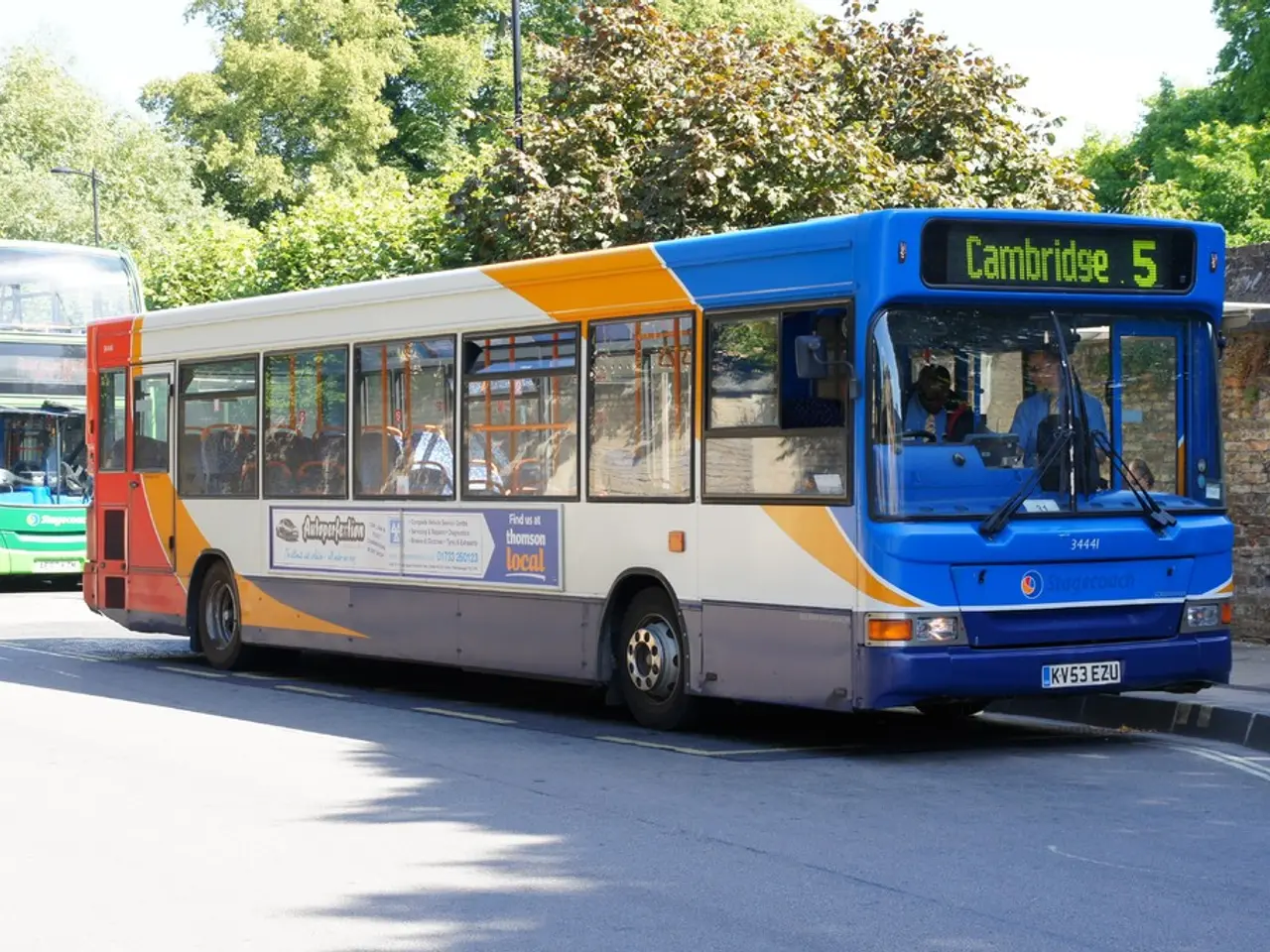UK and EU Establish Timelines for Settling Settlements within One Business Day
In the global financial market, the shift towards a faster settlement cycle is underway. While North America, including the United States and Canada, have already adopted T+1 (the day after a trade) as of May 2024, Europe, the UK, and Switzerland aim to follow suit by October 2027.
The European transition, however, promises to be a more complex endeavour due to the fragmented landscape of multiple central securities depositories (CSDs), exchanges, and currencies. This contrasts with the more centralized system in the US.
Phil Flood, global business development director at Gresham, notes that while some European firms increased automation when the U.S cut its settlement cycle, the overall market impact was more limited than expected. Flood emphasises the need for European firms to know their landscape by the end of 2025, as 2026 will be a year of activity.
The move to T+1 in Europe requires a fundamental change in workflows and technology. Trade affirmation, matching, and allocation processes must be shifted to the trade date itself, necessitating near-full automation. Manual processes are insufficient, and firms must invest heavily in systems that can integrate seamlessly and process trades quickly.
Enhanced error handling is also crucial. New tools and processes must swiftly resolve matching failures to avoid settlement fail risks in the compressed timeline. Better collaboration is essential, with firms needing stronger coordination with trading platforms, CSDs, custodians, and counterparties to streamline the settlement chain.
Technology upgrades and investments are critical to support accelerated cycles and handle complexities such as multi-currency FX transactions, which may not align easily with compressed settlement times.
Reports by Firebrand Research estimate that the top end costs for global custodians for the European move to T+1 could sit at around $36m for those that have a large client base and multiple post-trade systems to update. The research also agrees on the need to automate as many processes as possible to enable straight-through processing.
Both the UK and EU reports focus on automation, with alignment on same-day allocation/confirmation and a commitment to readiness testing in January 2027. DTCC, the central post-trade infrastructure of the U.S, perceives the UK and EU reports as having notable similarities with their approach, but also several important differences.
John Siena, associate general counsel and co-head of regulatory strategy at financial services group BBH, has stated that the EU and UK are making a statement of absolute commitment to modernize and improve capital markets across the EU/EEA. The EU T+1 Industry Committee published its T+1 recommendations in June this year, and the EU T+1 roadmap is open for consultation until the end of August 2025.
In summary, while the US and Canada have already implemented T+1 with relative smoothness, European markets face a more fragmented environment requiring greater technological transformation, process automation, and collaborative efforts to meet their 2027 T+1 target.
- The European transition towards T+1 settlement requires a fundamental shift in workflows and technology, with a need for near-full automation and integration of quick-processing systems to handle complexities such as multi-currency FX transactions.
- Reports estimate that the costs for global custodians for the European move to T+1 could reach around $36m for those with a large client base and multiple post-trade systems to update, highlighting the significant investment required in technology and processes.
- In contrast to the relative smoothness of T+1 implementation in the US and Canada, European markets face a more fragmented environment, necessitating greater technological transformation, process automation, and collaborative efforts to meet their 2027 T+1 target.




